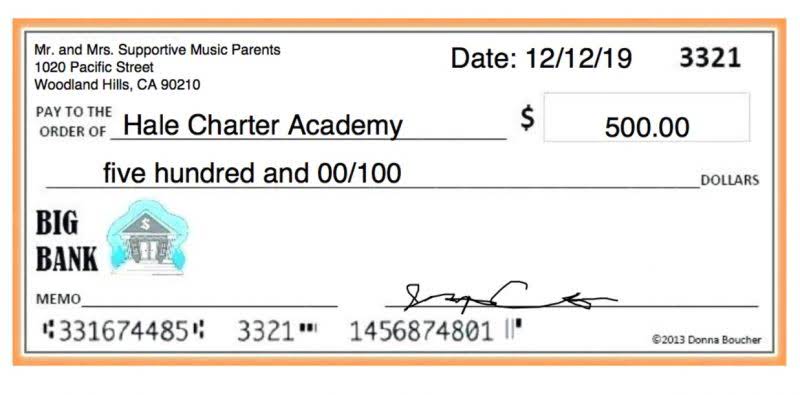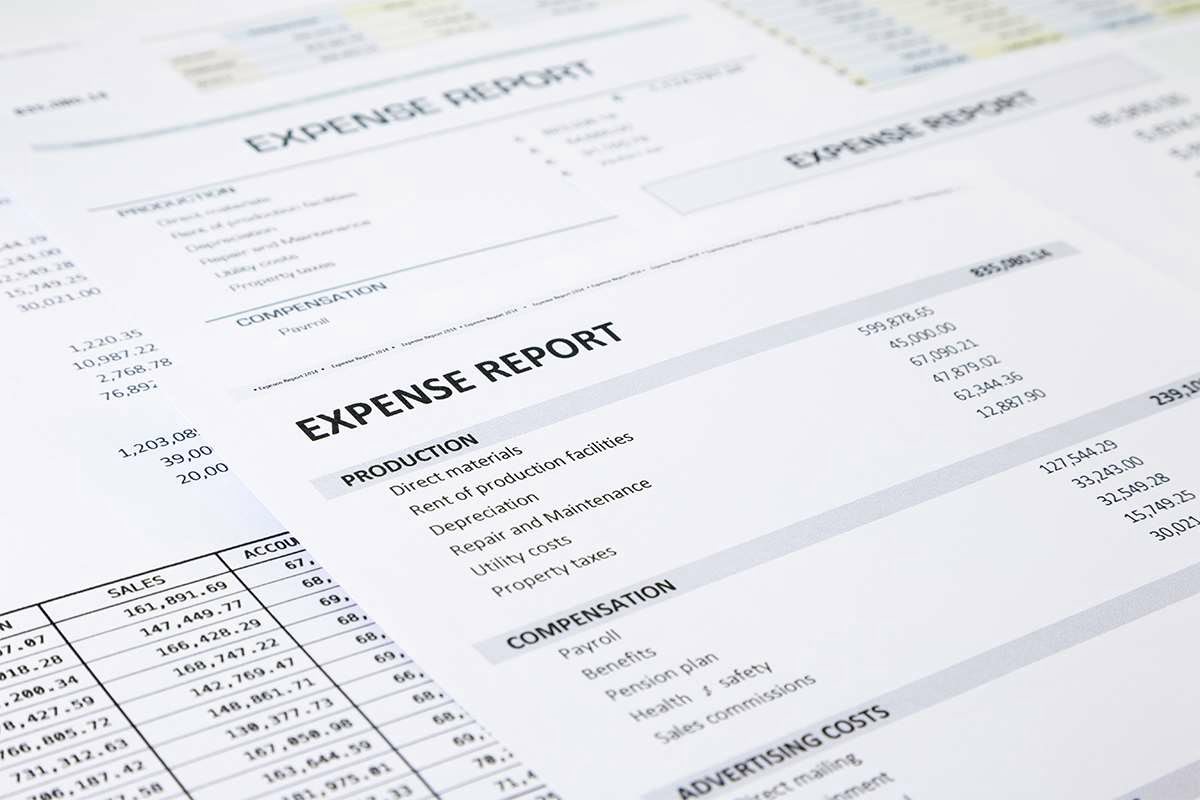
In this case, Accounts Receivable, Inventory, and Other current assets are all segregated from the Current Assets on Microsoft’s 10-k. We have also included capital lease commitment as part of invested capital. Barclays & Barclays, a profit-making and cash-generating firm, has published its annual report. Below is the summary of its financial position at the end of the financial year. So, you are required to calculate the invested capital of the firm.
Gathering Financial Information
In simpler terms, it is what remains for the shareholders after all debts and liabilities are accounted for. Firstly, it serves as a measure of the company’s financial health and stability. A higher equity position indicates that the company has a strong financial foundation and is better able to weather any financial challenges. Secondly, equity represents the owners’ investment in the business and serves as a source of capital for the company’s operations and growth. Finally, equity provides a return on investment to shareholders through dividends and capital appreciation. A balance sheet is a financial statement that provides a snapshot of a company’s financial position HVAC Bookkeeping at a specific point in time.
InvestingPro: Access Total Liabilities and Equity Data Instantly

If your business has strong fundamentals and isn’t financing all of its growth with debt, your owner’s equity should be increasing with time. Understanding equity and being able to track its growth is crucial to understanding the long-term financial health of a business. Debt refers to borrowed funds that a company must repay over time, often with interest. This can include short-term obligations like accounts payable, which are amounts owed to suppliers for goods or services, or the current portion of long-term debt that is due within one year. Longer-term debt commonly appears as bank loans, mortgages, or bonds payable, which are formal agreements to repay borrowed money over several years.
- Company or shareholders’ equity often provides analysts and investors with a general idea of the company’s financial health and well-being.
- They show how well a company can manage debt with its assets or cash.
- For example, if a company takes on additional debt, it may increase its liabilities, which could decrease its equity.
- This metric is based on tangible assets and does not account for intangible factors like brand value, intellectual property, or future growth potential.
- As liabilities increase, the value of the company’s obligations or debts increases, which reduces the value of shareholders’ ownership stake in the company.
- Calculating total assets requires looking at asset categorization and financial resource evaluation closely.
- To ensure accuracy in your calculations, it is important to use official financial statements, such as those found in a company’s annual reports or quarterly filings.
Balance Sheet Formula

Equity is important because it represents how to calculate total equity on balance sheet the value of an investor’s stake in a company, represented by the proportion of its shares. Owning stock in a company gives shareholders the potential for capital gains and dividends. Owning equity will also give shareholders the right to vote on corporate actions and elections for the board of directors.
Step-by-Step Calculation of Owner’s Equity
Retained Earnings represent the accumulated net profits of the business that have not been distributed to shareholders as dividends but instead have been reinvested in the company. This demonstrates the business’s ability to generate earnings over time. In this formula, the equity of the shareholders is the difference between the total assets and the total liabilities. For example, if a company has $80,000 in total assets and $40,000 in liabilities, the shareholders’ equity is $40,000. The shareholders’ equity is the remaining amount of assets available to shareholders after the debts and other liabilities have been paid. The stockholders’ equity subtotal is located in the bottom half of the balance sheet.
Interpreting the Calculated Figure

Calculating equity on a balance sheet is a critical and straightforward process that provides essential insights into the financial health of a business. Keep track of this value regularly, as it can help inform both short-term decision-making and long-term strategic planning. With a good grasp of the concept of equity, you will be well-equipped to make informed financial decisions for your company. It is essential to verify that all figures from the balance sheet have been accurately https://cre8iveclothing.co.uk/how-to-fill-out-a-receipt-book-correctly-a-step-by/ included.


You can calculate total equity by subtracting total liabilities from total assets. First, locate the company’s total assets on the balance sheet, typically found at the bottom of the assets section. Next, identify the total liabilities, usually found at the bottom of the liabilities section. Subtracting the total liabilities from the total assets will yield the total equity figure. This calculation confirms the balance sheet equation and provides insight into the company’s net worth. The second method utilizes the core accounting equation to determine owner’s equity.
Assessing Financial Health
Retained Earnings accumulate the company’s net income that has not been distributed to shareholders as dividends since the company’s inception. These are profits the company has kept and reinvested back into the business, rather than paying them out to owners. Over time, retained earnings often become the largest component of total equity for established companies. Total equity represents the cornerstone of a company’s financial standing, reflecting the owners’ residual interest in its assets after deducting liabilities. At its core, total equity refers to the ownership interest in a company.